Introduction
Bamboo shoots, a culinary delight enjoyed across various cultures, offer a unique blend of crispiness and earthy flavor. Whether stir-fried, pickled, or incorporated into soups and stews, these edible stalks from bamboo plants are a cherished ingredient in many dishes. However, maintaining their freshness can be challenging due to their perishable nature. Improper storage can lead to spoilage, characterized by softening, discoloration, and off odors. This article delves into the various methods for storing fresh bamboo shoots, ensuring they retain their quality and flavor for extended periods.
Understanding Fresh Bamboo Shoots
Before discussing storage methods, it’s crucial to understand the characteristics of fresh bamboo shoots. Harvested from young bamboo plants, these shoots are typically tender and have a light green or white hue. Their texture can range from crisp to slightly fibrous, depending on the variety and stage of harvest. Fresh bamboo shoots contain high moisture content, making them susceptible to microbial growth and enzymatic activity that can cause spoilage.
Immediate Use After Harvest
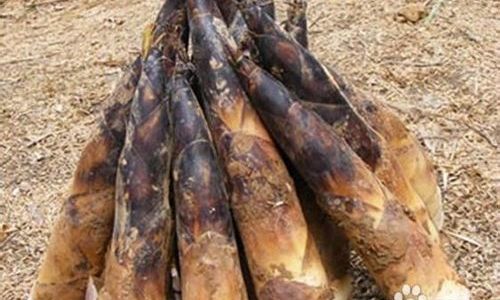
The best way to ensure the freshness of bamboo shoots is to use them as soon as possible after harvesting. This minimizes the time they spend exposed to environmental factors that can promote spoilage. If you have access to freshly harvested bamboo shoots, consider incorporating them into meals within a day or two.
Preparation for Storage
Before storing bamboo shoots, proper preparation is essential. This involves cleaning, peeling, and blanching the shoots to remove impurities, tough outer layers, and to inactivate enzymes that cause spoilage.
-
Cleaning: Rinse the bamboo shoots thoroughly under running water to remove any dirt, debris, or insects. Use a vegetable brush if necessary to scrub away stubborn dirt.
-
Peeling: Use a sharp knife to peel away the tough outer layers of the shoots. This reveals the tender, edible flesh. Be careful not to cut into the flesh itself, as this can affect the texture.
-
Blanching: Blanching helps to inactivate enzymes and kill surface microorganisms, thereby extending the shelf life of the shoots. Submerge the peeled shoots in boiling water for about 3-5 minutes. After blanching, plunge them into ice-cold water to stop the cooking process and maintain their color and texture.
Storage Methods
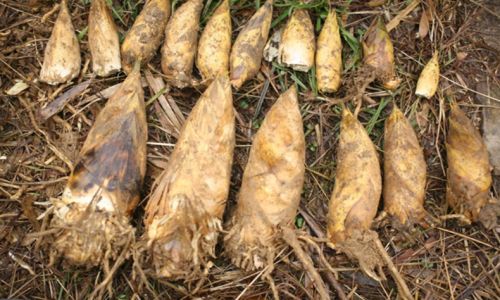
Once prepared, fresh bamboo shoots can be stored using several methods, each suited to different durations and conditions.
Refrigeration
Refrigeration is one of the simplest and most effective ways to store fresh bamboo shoots for short-term use. The cold temperatures slow down the growth of microorganisms and the activity of enzymes, thereby extending the shelf life.
-
Procedure: After blanching and cooling, drain the bamboo shoots thoroughly and pat them dry with paper towels. Place them in airtight containers or plastic bags, removing as much air as possible to prevent oxidation. Label the containers with the date and store them in the refrigerator’s crisper drawer, where humidity is higher.
-
Shelf Life: Fresh bamboo shoots stored in the refrigerator can last for about 3-5 days.
Freezing
For longer-term storage, freezing is an excellent option. Freezing preserves the quality and flavor of bamboo shoots for several months.
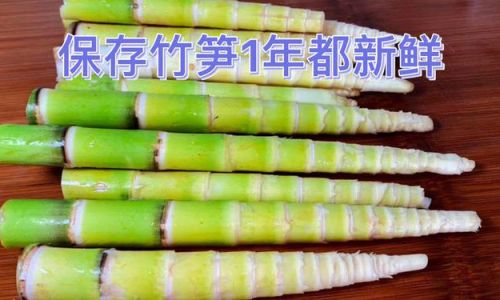
-
Procedure: After blanching and cooling, cut the bamboo shoots into desired portions (e.g., slices, strips, or whole) for easier use later. Drain and pat them dry, then arrange them in a single layer on a baking sheet lined with parchment paper. Place the sheet in the freezer until the shoots are completely frozen. Once frozen, transfer them to airtight freezer bags or containers, removing as much air as possible to prevent freezer burn.
-
Shelf Life: Properly frozen bamboo shoots can retain their quality for up to 6-12 months.
Canning
Canning is a preservation method that involves processing food in airtight containers at high temperatures to destroy microorganisms and inactivate enzymes. This method allows for long-term storage without the need for refrigeration or freezing.
-
Procedure: Start by preparing a canning syrup or brine. Common options include a simple syrup made from sugar and water or a brine solution of salt and water. Blanch the bamboo shoots as usual, then pack them tightly into clean, sterile canning jars. Pour the hot syrup or brine over the shoots, leaving headspace as specified in canning guidelines. Secure the lids and process the jars in a boiling water canner or pressure canner according to the recommended times for your altitude and jar size.
-
Shelf Life: Canned bamboo shoots can be stored in a cool, dark place for up to 1-2 years.
Pickling
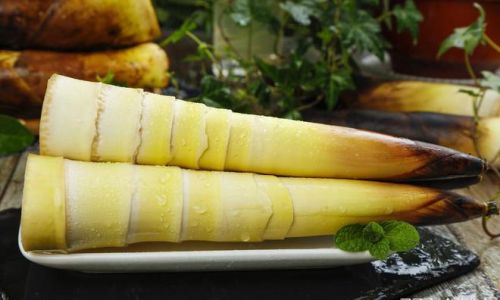
Pickling is a preservation method that involves immersing food in a vinegar-based solution. This creates an acidic environment that inhibits the growth of microorganisms, thereby extending the shelf life.
-
Procedure: Prepare a pickling brine by combining vinegar, water, sugar, and spices such as garlic, ginger, and chili peppers to taste. Blanch the bamboo shoots, then pack them into clean, sterile jars. Pour the hot pickling brine over the shoots, ensuring they are completely submerged. Secure the lids and allow the jars to cool to room temperature before storing them in a cool, dark place.
-
Shelf Life: Pickled bamboo shoots can be stored for several months, depending on the acidity of the brine and storage conditions.
Drying
Drying is a traditional preservation method that involves removing moisture from food to create an environment unfavorable for microbial growth. Dried bamboo shoots have a concentrated flavor and can be stored for long periods.
-
Procedure: After blanching, slice the bamboo shoots into thin strips. Spread them out on drying racks or trays and place them in a food dehydrator or a well-ventilated area with low humidity. Dry at a temperature of around 120-135°F (49-57°C) until the shoots are brittle and the moisture content is reduced to about 10-15%. Store the dried shoots in airtight containers in a cool, dark place.
-
Shelf Life: Dried bamboo shoots can be stored for up to a year, but their texture and flavor may change over time.
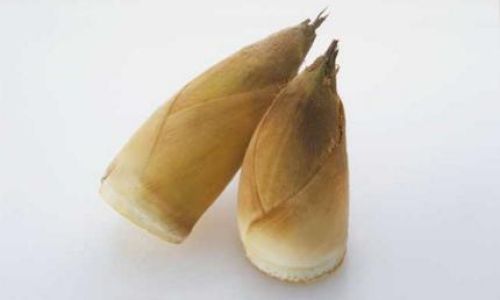
Conclusion
Maintaining the freshness of bamboo shoots requires careful preparation and appropriate storage methods. Whether you choose refrigeration, freezing, canning, pickling, or drying, each method has its own benefits and considerations. By understanding the characteristics of fresh bamboo shoots and following the correct procedures for each storage method, you can enjoy these delicious and nutritious ingredients throughout the year. Remember, the key to successful storage is to start with high-quality, freshly harvested bamboo shoots and to handle them with care to minimize exposure to spoilage factors. With the right approach, you can preserve the crispiness, flavor, and nutritional value of bamboo shoots, enhancing your culinary experiences and expanding your culinary repertoire.
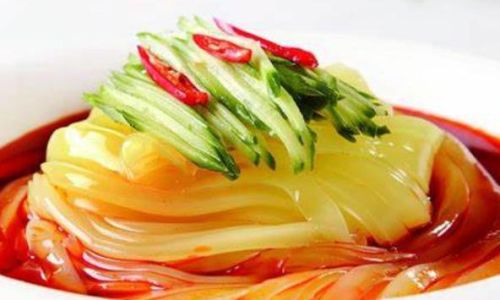
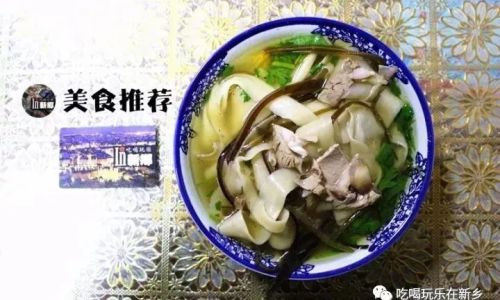
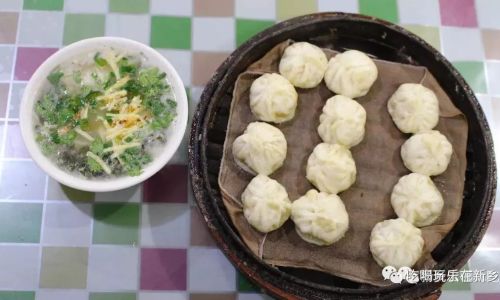
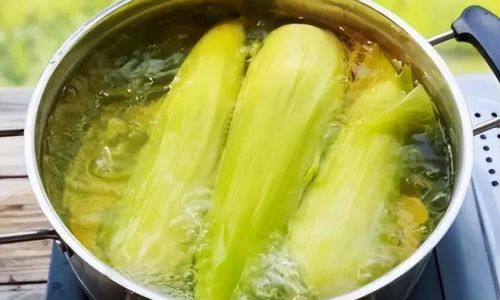
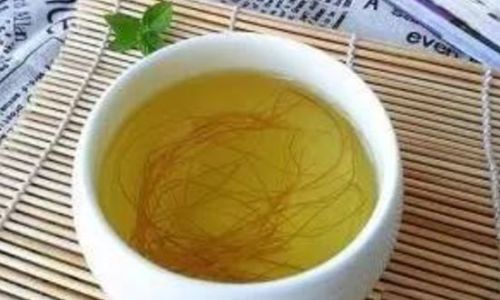
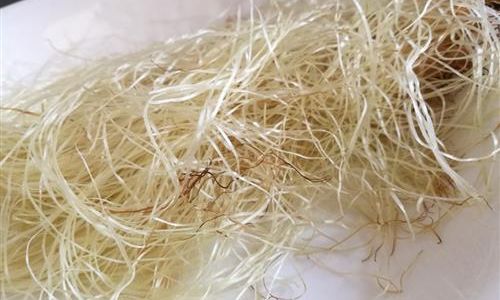
0 comments